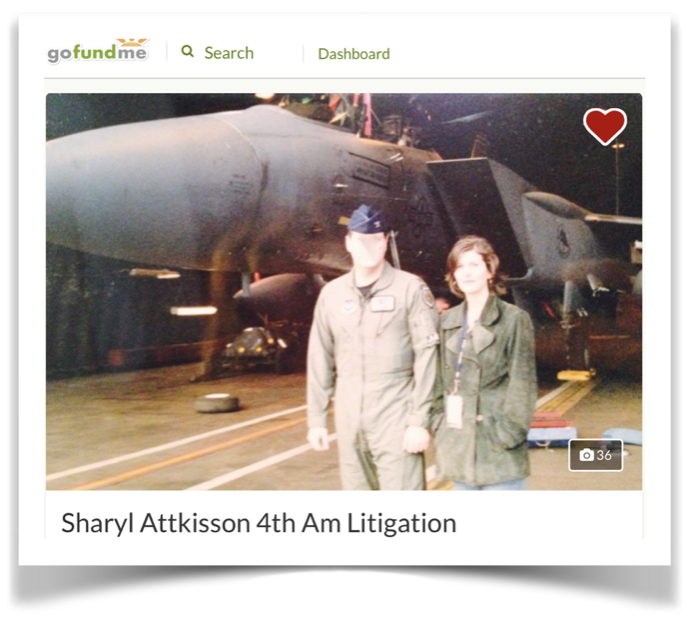
The following is a transcript of an investigative report on Full Measure News. Click on the link at the end of the transcript to watch the video story.
In June 1876, a band of Sioux and Cheyenne Indians led by Sitting Bull and Crazy Horse defied federal orders to return to their reservations. Several hundred U.S. Army troops led by Lt. Col. George Custer were sent in. They were quickly overwhelmed and killed by up to 3,000 Indian warriors. Custer’s Last Stand is marked today at the Little Bighorn Battlefield National Monument in Montana. When we were in the neighborhood, we got a tour from local historian Putt Thompson.
Putt Thompson: The government is coming out here to enforce a police order that would force these tribes back to the Great Sioux Indian Reservation established by the treaty of 1876. And these Sioux, Cheyenne, Arapaho said, “We’re not going back…tell the general to come. We won’t run this time.” So, the fight was on, and this is where it ended, essentially here. The archeological evidence pretty much pointed to almost a “run for your life situation”. And the far end of the battlefield, what we call Calhoun Ridge, according to the burial party that would scour this land, they said that that was the only organized resistance was at that far end of the battlefield. And then everything else was a mixture of officers and companies across the entire battlefield.
Sharyl: Soldiers came on horseback and maybe some on foot and just marched or came into this area?
Thompson: Custer’s 600 and so men, they were all mounted.
Sharyl: Did they think they were coming here to round up the Indians and take them somewhere?
Thompson: No. At that time, the military would attack the village. And they would burn the lodges, destroy the food catches, kill the ponies and cripple these people, these hostiles, as they were called, to go back to the reservation and be forced to come under the government.
Sharyl: Did the Indians have guns?
Thompson: Oh yes. They had better weapons. Most historians will say they had better weapons than the military because, and we even know that there were gun runners, supplying these to the Indians and they were good repeating rifles, Henry’s. In fact, right over this ridge, right back over here, they call it Henryville. There were so many Henry cartridges found there from those repeating weapons. And so from the very first shots fired, would have been down at the Reno battlefield and they would have heard that rapid fire. So the psychology of that starts to turn, and yeah, definitely a disadvantage. The military was armed with the approved rifle at that time, a single shot.
Fight improper government surveillance. Support Attkisson v. DOJ and FBI over the government computer intrusions of Attkisson’s work while she was a CBS News investigative correspondent. Visit the Attkisson Fourth Amendment Litigation Fund. Click here.
Sharyl: Let me ask you philosophically, who’s seen as the good guys and who’s seen as the bad guys?
Thompson: I think most historians would tell you through history that has come full circle back to, Custer is the bad guy. And yet, his orders were to do exactly what he was doing. And yet, both parties could suffer the effects of that condemnation.
Sharyl: What does Custer’s Last Stand refer to?
Thompson: Well, this was his last battle and he’s usually pictured standing, as if, “This is the last time I’m going to stand!” And some Indian stories have him actually shot at the river before the battle started. So that historical analysis is not quite accurate necessarily. He might’ve been shot at the river and disabled right there before it actually got going.
Sharyl: This is sort of symbolic. This grave site area standing for where some people were found?
Thompson: Right.
Sharyl: The soldiers?
Thompson: Yes. The merely marks where men were found, and like I say, most are somewhat accurate, but Custer was found closest to the top of the Hill. So as you can see, they moved these off to make way for the mass grave. But they say 42 officers and men were found here. So some of these have been brought inside the fence to have the visitors understand how many were found killed here.
Sharyl: What does this show?
Thompson: This monument was placed here for over 200 men that were killed with General Custer, Lieutenant General. And it is in a mass grave. The grave below this contains the remains of almost all of those. Some officers, including Custer, were buried elsewhere. I would describe it as it’s a somber place full of spirits. And the best lesson would be that history will not repeat itself.
Sharyl (on camera): Custer was 36 when he was killed. Around 30 Indians were said to have died in the battle.
Click on the link below to watch the video report on FullMeasure.news:
http://fullmeasure.news/news/shows/custers-last-stand-01-22-2021










